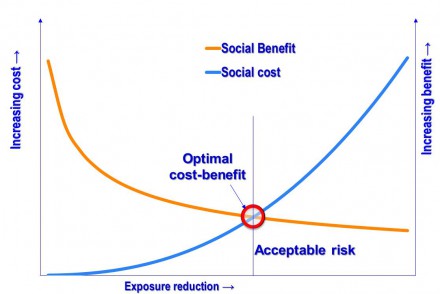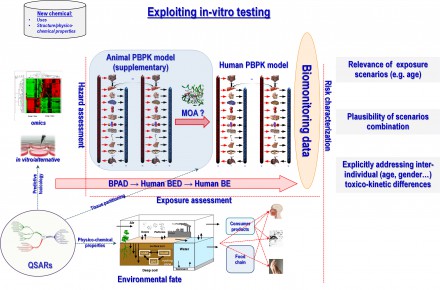EnvE-Lab aims at developing integrated methodologies and knowledge management systems that can effectively shed light on the interactions between human health and the environment. Our concept brings together state-of-the-art advances in environmental monitoring, human biomonitoring and systems biology, exposure monitoring technologies and advanced tools for computational analyses of the exposure-to-health effect continuum. The above are put together in a novel exposure biology-based methodology translated into an integrated computational platform and knowledge management system, which is at the core of the “EnvE-Lab Assessment Platform – ELAP”. Expanding the applicability domain of ELAP to a wide variety of environmental stressors is a key issue for its scientific soundness and policy support impact. Several sub-compartments of ELAP are put to test through their application in a number of population studies across different exposure settings in Europe and worldwide tackling relevant health endpoints. In addition to the technical research and the continuous development work, horizontal activities will provide the infrastructure necessary for setting ELAP in its policy context. The necessity of using ELAP as a novel tool for interpretation of environment and health data in order to better understand the mechanistic relationship between lifelong exposure to environmental stressors and health response, has been widely recognized by the scientific and chemical industry community.
Better understanding of environmental fate, exposure and toxicity mechanisms is required to ensure refined exposure and risk characterization, e.g. the precise quantification of exposure scenarios and circumstances that might set-up a background for potential adverse effects on humans. However, the way that social cost increases for increasing the maximum benefit in terms of exposure reduction is exponential; there is a threshold beyond which social cost increases disproportionally to social benefit.
The aim of refining the overall assessment is to identify this optimal point, so as to design cost-effective public health protection policies.
The assessment process can focus on several instances as follows: hazard potency of a substance, its uses and mobility in the environment (affecting the amount that the population groups will come into contact), the biologically effective dose of the compound reaching the target tissue and finally the response of the human body to this dose. All these processes, are determined strongly by the interaction of the physicochemical properties of the substance with physiological attributes (e.g. susceptibility to xenobiotics or variability of exposure strongly depend to inter-individual differences). Thus, well targeted interventions at different stages of the source-to-outcome continuum, ensure the optimal management of chemicals in the environments in terms of quantities released and intended (or not) uses. Lastly, this analysis would guide the new chemical synthesis process in industry.





